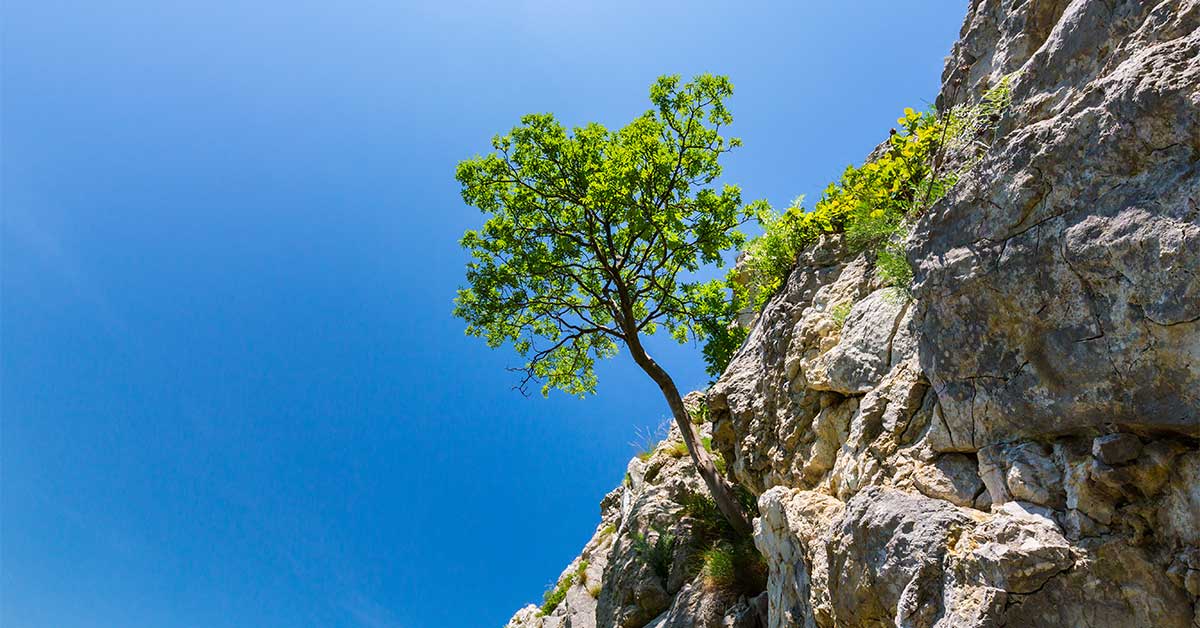You can feel it when you first walk into the reception area or the office – you know what I mean. You can feel if this is a place where you want to be, where you would be pleased to come to each day, where you might actually enjoy yourself.
The place in which we spend 40 hours per week (often way in excess of this) can heavily influence our mood, our behaviours and our level of motivation. Research shows that people employed full-time outside of the home spend approximately 33% of their waking hours at their workplace, and exposures to physical conditions at work that can affect physical or mental health are both lengthy and frequent. Unwanted consequences such as reduced capacity to work, increased error rates and absences from work impact us all
While many people accept that the workplace must be inviting, too often we rely on a few very thirsty water lilies, the occasional inspirational poster and adherence to ergonomic standards – well, I think we need more.
Appearance and layout is often the first impression we have of the workplace – it tells us a story about the organisational culture. Workplace design is important from a leadership perspective as building emotional connectivity and strong communication in the workplace aids in the generation of new ideas, promotion of information sharing and encouragement of open and frequent communication.
There is considerable focus within current workplace design trends on building collaborative working environments in order to improve communication, creativity and productivity. In its report The Smart Workplace of 2030, global manufacturer and facilities management company Johnson Controls, state that agile workspaces will be in demand providing a transformable and adaptable working environment. It argues that training, collaboration, socialisation and flexibility are at the core of the working model of the future. As part of its Eco Office the creation and sharing of knowledge drives economic wellbeing and the workplace will become more community oriented with employee villages forming to create workplace communities.
I recently had the good fortune to work with a leadership team who really wanted to rid themselves of beige! They were surrounded by it: carpet, wall paint, desks and chairs – even the air-conditioning vents were beige. A very large, open plan, single floor office environment, which was too large for the number of employees, had the traditional excessively large offices for the very important people, a tiny kitchen with limited dining area, no place to ‘mingle’ or catch up with team mates and the meeting rooms were few and far between (they had all been taken by the enormous offices).
They wanted to change it. They committed to changing it. BUT they had a big problem – budget was a significant limitation. The global business had experienced a downturn in profits and the thought of spending money to make the office feel ‘more inviting’ was a very hard sell indeed.
So the plan was simple. Talk to the employees, find out what they liked, didn’t like, who had a passion and eye for interior design, and ensure the budget came in under the obligatory global approval authority matrix.
Firstly they simply used a storage room which had stock and old furniture in it and turned it into a ‘conversation hub’. They painted it green, bought some basic furniture (which was assembled by an employee with over 35 years service to the business and did not care too much for the ‘fluffy stuff’) and waited for the conversations to start. Initially, people were unsure if they could or should use it, but slowly it became a place to have a meeting (in a lounge chair!), discuss strategies (without a whiteboard!) or get the team together for a weekly catch up (without a seat for everyone!).
Next a trip to IKEA and a few more bits of furniture, more paint and a lamp shade. Some ‘meeting rooms without walls’ were set up, rugs were arranged and music was turned on – the impact of these relatively simple gestures was incredible, you could feel it instantly
There was no brief for the creative team except for the budget – rather an approach of ‘just let them do what they want to do and trust them’.
Building an adaptive and collaborative organisational culture stems from positive employee engagement, and often simple opportunities for communication and personal empowerment can have a profound impact. In this instance it was not so much that there were new chairs and rugs, but the fact that the team were able to actually choose and purchase the furniture – this seemed to be the point where people felt real change was on its way.
Sometimes, change really can be simple – lets not lose sight of that.



